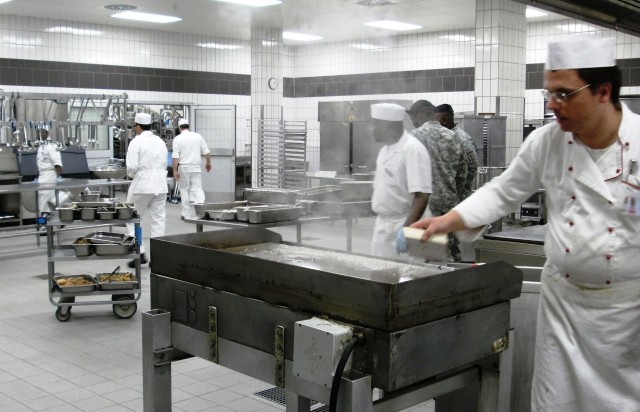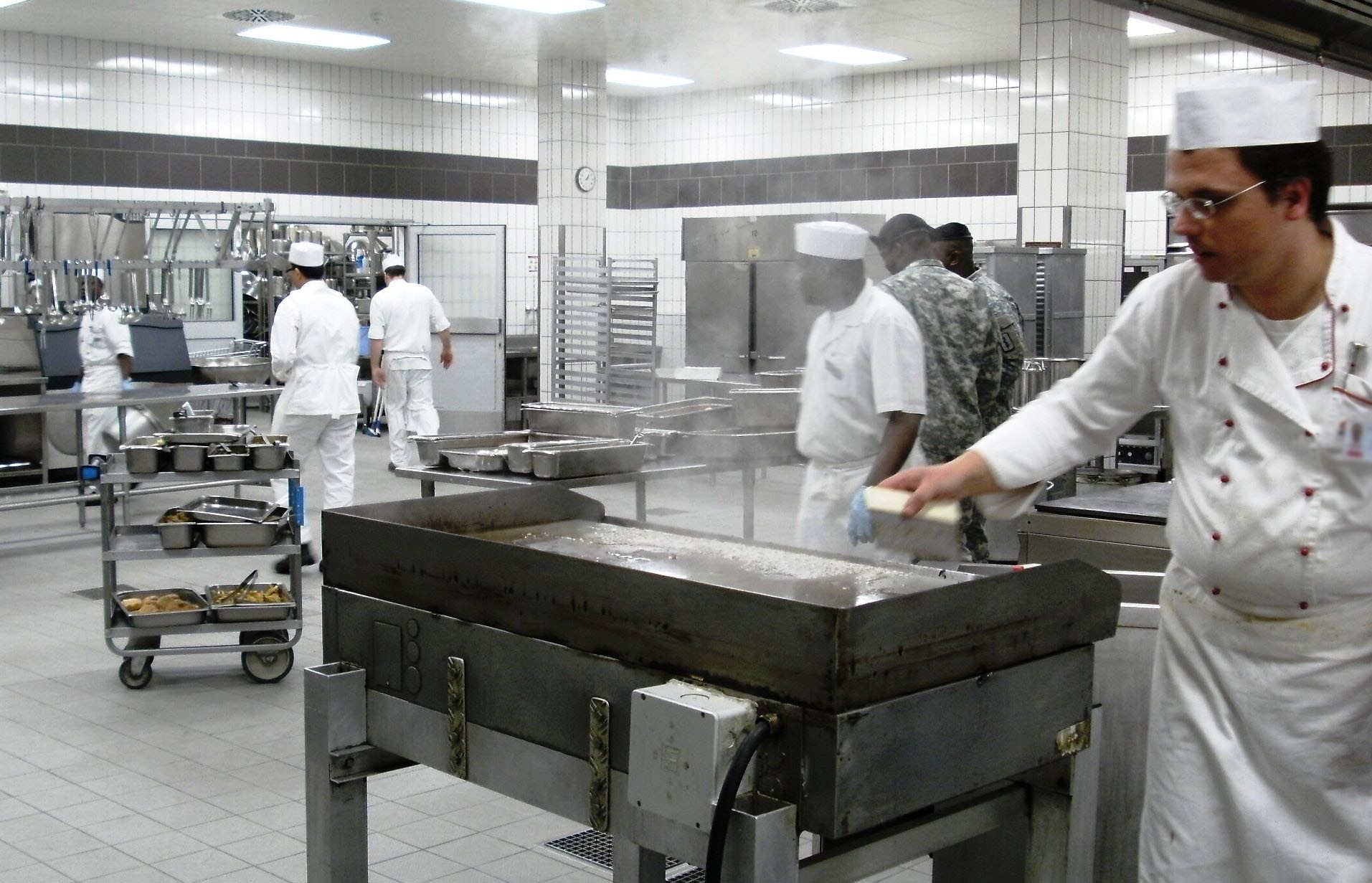
ROCK ISLAND, Ill. - Army Sustainment Command headquarters hosted a rehearsal of concept drill April 20-22, reviewing operational responsibilities for dining facility service.
Subject matter experts from Army Materiel Command, Installation Management Command, Directorate of Logistics and Army Field Support Brigades joined their ASC hosts for a DOL food service ROC drill.
"The main goal of the ROC drill was to discuss the DOL functional areas of food service and to develop a common understanding of the roles and responsibilities for each organization," said Tanya Campbell, DOL transformation team member and subject matter expert. "This allowed for dialogue on open issues, friction points, metrics and policy changes."
Mary Brown, Installation Management Command's primary food service action officer, provided an overview of the food service program, current issues, trends and continuous process improvement initiatives for DFAC operations.
"The installation food program managers provided the most value-added contributions to this process," she said. "Echelons above garrison level often have a different perspective of 'how things should happen on the ground,' making real world contributions from food program managers critical."
Laurie Lartz, Directorate of Logistics Transformation Team supply and services lead, said one of the biggest issues with the dining facilities is the utilization rate. The Army standard is between 65 and 110 percent, and although Department of the Army policy provides a formula for calculating the utilization rate, many factors need to be considered.
"Commanders have the authority to keep DFACs open or close them, regardless of the utilization rate," said Lartz. "Many of the newer barracks have kitchen facilities, so some of the Soldiers may opt to cook in the barracks rather than using their meal card, or they may choose to eat at local food establishments."
She said there may be instances where it is cost beneficial to keep a DFAC open even if the utilization rate falls outside the Army standard.
"There are many things to be considered when deciding to close a DFAC. Further analysis and policy revisions will need to be made to ensure the Army Food Program meets the needs of today's Soldier," she said.
The intended outcome of the ROC drill was to identify and understand roles and responsibilities of food service and to standardize processes, procedures and execution. "In order to transfer functions in an efficient and effective manner," said Campbell. "We did identify tasks and roles of food service and identified who is responsible, accountable, supportive, and consulted and informed for each of the tasks."
Currently the DOL realignment is in its final stages. Operational control of the DOLs in the continental United States, Hawaii, Alaska, and Puerto Rico became the responsibility of the Army Field Support Brigades and Battalions Oct. 1, 2010. Operational control of Korea and Japan DOLs was complete Jan. 1, and April 1 for Europe DOLs. Complete realignment and full operational control is planned for October 2012.
The food service ROC drill is part of a series of ROC drills intended to keep the alignment on track and running smoothly.
"The ROC drill was a success," said Campbell. "Having face-to-face discussions and meeting the key players were instrumental in that success."

Social Sharing